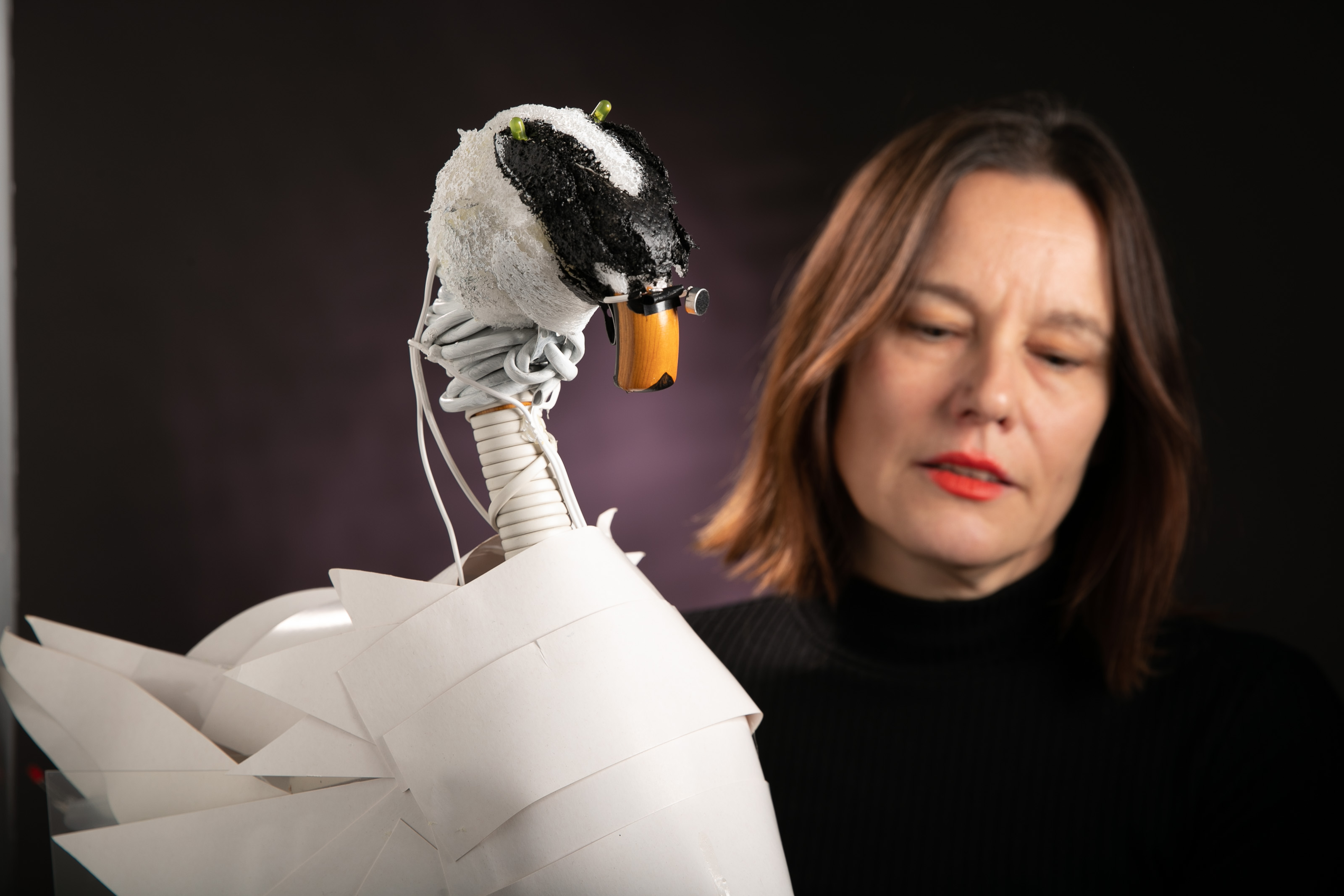Cited By
View all- Hartikainen HVentä-Olkkonen LCortés Orduña MSanchez Milara IKäsmä MKuure L(2024)Making The Future School: An Analysis of Teens' Collaborative Digital Fabrication ProjectProceedings of the ACM on Human-Computer Interaction10.1145/36373688:CSCW1(1-37)Online publication date: 26-Apr-2024
- Possaghi IZhang FSharma KPapavlasopoulou S(2024)Design Thinking Activities for K-12 Students: Multi-Modal Data Explanations on Coding PerformanceProceedings of the 23rd Annual ACM Interaction Design and Children Conference10.1145/3628516.3655786(290-306)Online publication date: 17-Jun-2024
- Walendy RWeber MLi JBecker SWiesen CElson MKim YFawaz KRummel NPaar C(2024)I see an IC: A Mixed-Methods Approach to Study Human Problem-Solving Processes in Hardware Reverse EngineeringProceedings of the CHI Conference on Human Factors in Computing Systems10.1145/3613904.3642837(1-20)Online publication date: 11-May-2024
- Show More Cited By






